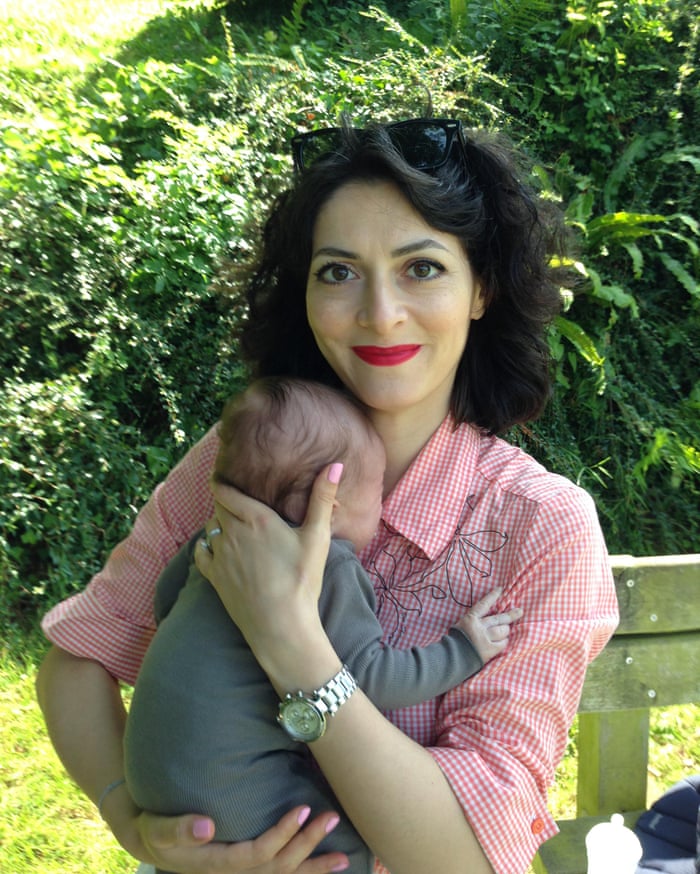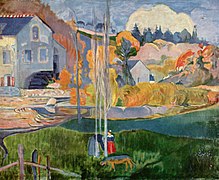I accomplished my goal of reading 8 books in January; maybe it will even be ten since I have seven more days.
Book 28
You Will Not Have My Hate, translated from the French (
Vous n'aurez pas ma haine) was written by Antoine Leiris. Leiris' wife, Helene Muyal-Leiris, was killed in the terrorist attacks on the Bataclan Theater in Paris on November 13, 2015.
You Will Not Have My Hate describes Antoine's desperate attempts to contact his wife, and his grief in the days following her death. On the night of the attacks, Antoine was at home taking care of their seventeen-month old son Melvil. His grief his raw and palpable. I read this with a lump in my throat and tears in my eyes. I cannot imagine having to explain to a small child that their parent is dead. Antoine's writing is powerful and his strength is amazing.
The memoir is structured like a diary and the title comes from this entry.
"On Friday night, you stole the life of an exceptional being, the love of my life, the moth of my son, but you will not have my hate. I don't know who you are and I don't want to know. you are dead souls. If that God for whom you blindly kill made us in his image, each bullet in my wife's body will have been a wound in his heart.
So, no, I will not give you the satisfaction of hating you. That is what you want, but to respond to your hate with anger would be to yield to the same ignorance that made you what you are. You want me to be scared, to see my fellow citizens through suspicious eyes, to sacrifice my freedom for security. you have failed. I will not change" (page 53).
Perhaps we can all apply this thought more in our lives.
I love Paris, and France. Aside from the attacks of September 11th and the terrorist attack in Nice on July 14th 2016, no other terrorist attack has affected me so profoundly. I consider France to be like a second home (if I had enough money that would be a reality). It was very hard for me to reconcile this image of France, with my prior experiences. I felt something intangible had been taken from me.
Paris je t'aime.










